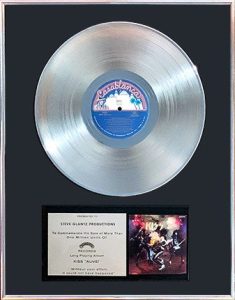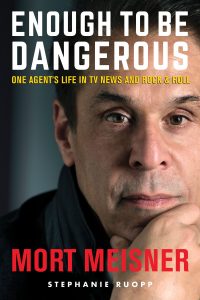Last week on 60 Minutes, former President Barack Obama spoke with wisdom and insight so many of us have come to miss.
He spoke of the disturbing fact that 71 million people voted for a man with whom he feels he has absolutely nothing in common. But he made an important point:
“The voters are divided. It has now become a contest where issues, facts, policies per se don’t matter as much as identity and wanting to beat the other guy. You know, that’s taken priority. I do think the current media environment adds to that greatly. This democracy doesn’t work if we don’t have an informed citizenry.”
In his new memoir, Enough to Be Dangerous, Mort Meisner talks extensively about the responsibility media has in educating the public – at both the national and local level.
And doing so with FACTS.
The Tonya Harding/Nancy Kerrigan Debacle
In Mort’s book, he recalls one of the biggest stories he would cover.
In terms of notoriety, the biggest story of my career was the Tonya Harding/Nancy Kerrigan attack. The story made international and national headlines.
It’s what came later that made this story so unbelievable, so crazy, so bizarre that Tanya Harding’s gang of cretins had actually plotted to whack Olympic figure skater Nancy Kerrigan in the knees with a baton during a competition at Detroit’s Cobo Hall in January of 1994.
At the time, Detroit Police Chief Ike McKinnon remained Mort’s source on every aspect of the story. With McKinnon’s intelligence and the mad skills of investigative reporter Scott Lewis, Mort’s CBS affiliate station in Detroit was uncovering the whole twisted plot while national and international media circles couldn’t figure out how they were getting the story before everyone else.
In fact, they were breaking news on the case before every station and network in the country. It got to the point that when the CBS network questioned the veracity of the crazy story and asked Mort for his sources, he refused.
They threatened to not broadcast the story, to which Mort simply responded, “Fine. Don’t use the story.” When CBS turned it down, Mort gave it to NBC instead. Even though they were the competition, he knew it was crucial the information got out there.
So being able to get right into the thick of it at the local level gave them a distinct advantage. And they were able to uncover the true story.
Air Canada Flight – 1983
Ike McKinnon, a social warrior himself, was only one among Mort’s many connections that helped him get to the bottom of a story.
While working at ABC in Chicago, a fire started in the lavatory of an Air Canada flight that spread between the outer skin and inner panels of the plane. It was required to make an emergency landing.
From the book:
Ninety seconds after the plane landed, the doors were opened. The heat of the fire in combination with the fresh oxygen from the open exit doors created dangerous flashover conditions. The plane’s interior was immediately engulfed in flames – killing 23 passengers who had not yet been evacuated.
Mort had a source at the Federal Aviation Administration who provided him with these horrifying facts. Yet, the national newscasts were reporting there were few or no injuries.
But our local news was reporting otherwise with the data we had. In other words, we were reporting the facts and not fake news. This underscores the importance of having impeccable sources. Especially now, when a lot of bad information is getting rolled out as factual.
All of it gives one pause to wonder how much of what we’re hearing is actually true.
Media and Democracy
Mort’s objective was to always uncover the facts and present them with integrity and truth. Unfortunately, not every person in the media sees it this way.
In the hopeful words of President Obama from 60 Minutes:
“I think we’re gonna have to work with the media… to find ways to inform the public better about the issues and to– bolster the standards that ensure we can separate truth from fiction. I think that we have to work at a local level.
When you start getting to the local level, mayors– county commissioners, et cetera, they’ve actually gotta make real decisions. It’s not abstractions. It’s like, “We need to fix this road. We need to get this snow plowed. We need to make sure our kids have a safe playground to– to– to play in.”
And at that level, I don’t think people have that kind of– visceral hatred. And that’s where we have to start in terms of rebuilding the social trust we need for democracy to work.”
Mort couldn’t agree more.
Find out More in Enough to Be Dangerous
Has Mort’s story piqued your interest? Then be sure to pick up a copy of his memoir. You’ll be entertained, inspired, and even a little bit aghast at times.
It’s an interesting ride, to be sure.
You can purchase the book and support a small and local establishment by clicking here. Or if you’d rather, order on Amazon.
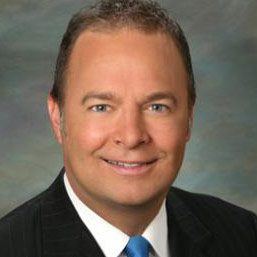

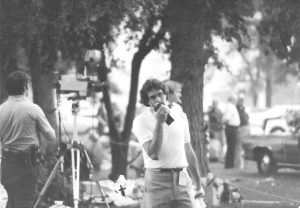
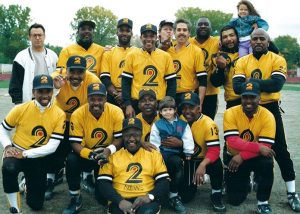
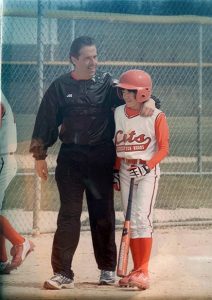 For example, he discusses a period of time after he was let go from a job and suddenly had time on his hands.
For example, he discusses a period of time after he was let go from a job and suddenly had time on his hands.